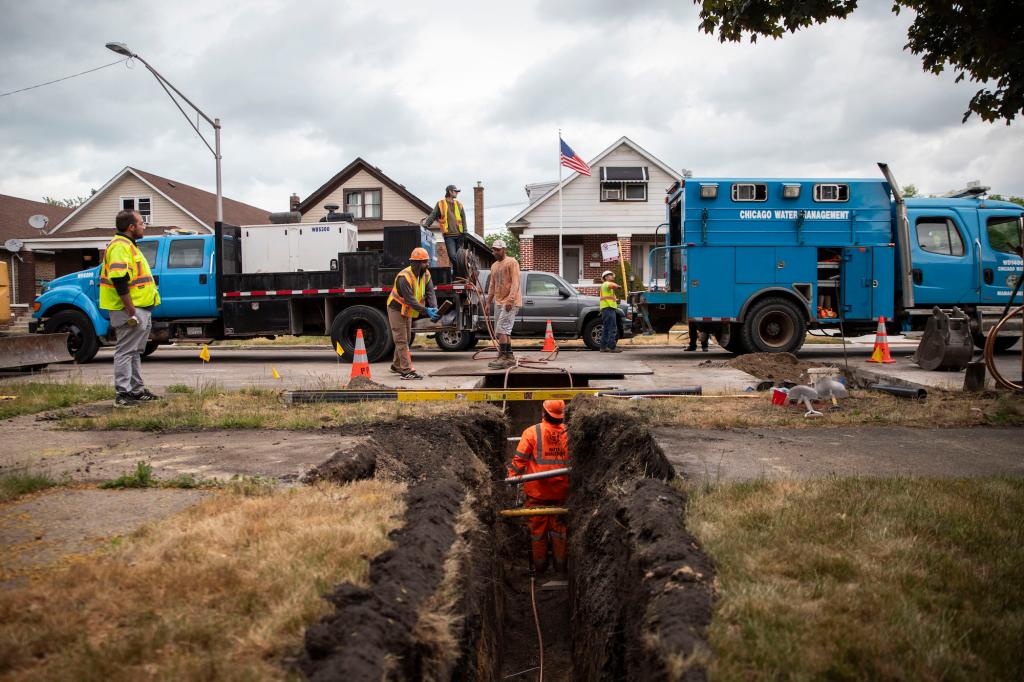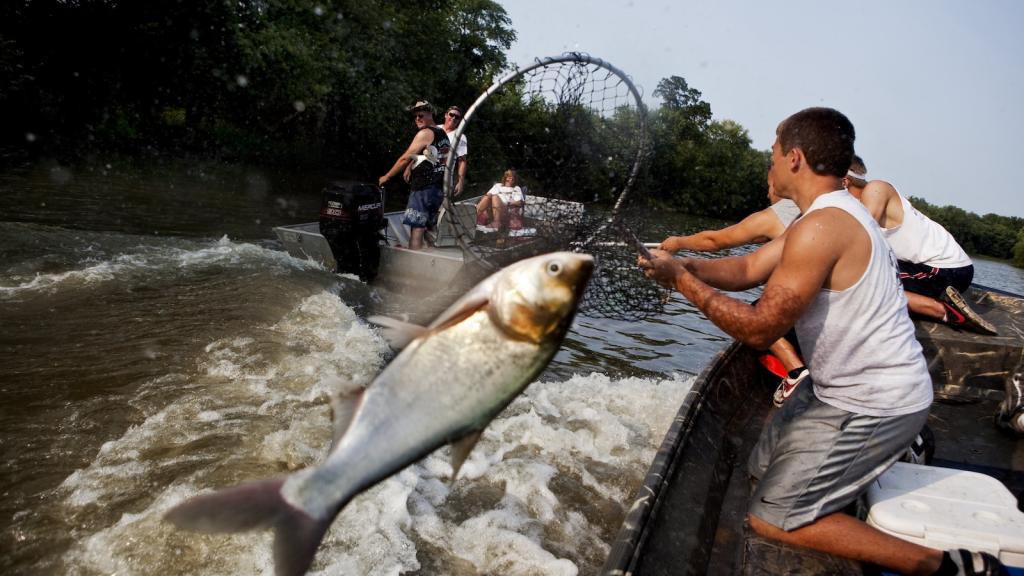Beatriz Salazar was sifting through her usual pile of mail this spring when an envelope from the city of Chicago caught her eye. Inside, she found a letter warning her — in 10 different languages — that her drinking water was delivered to her tap through a toxic lead pipe.
With it, the city included tips to reduce exposure, links to city programs to help replace the pipe, and a full-page diagram showing how the lead can flake or dissolve into tap water from a service line or other plumbing infrastructure and cause serious health harm, including brain and kidney damage.
“Lead?” Salazar remembered thinking. “We’ve been drinking lead for how long?”
Salazar, a housing counselor, lifelong resident of the city’s Southeast Side and mother of two, immediately called friends and family. Her mother-in-law, who lives around the corner, had received the same letter. So, too, had one of her clients. But others, including her mother, 74-year-old Salome Fabela, fewer than 10 blocks away, hadn’t seen or heard anything about i... Read more




